FORT POLK, La. -- A Lakota UH72A Light Utility Helicopter sits in a hangar, ready for flight. It's been tested and approved for use, and the pilot has been trained in its operation. Someone gets the idea that Soldiers could likely be dropped from the new chopper into a landing zone, but wait -- it's not as simple as that.
Before the helicopter can be used for new applications, it must be tested and approved, then included in the Army Training Manual. That's where the people from the Program Management Office LUH, Red Stone Arsenal, Huntsville, Ala., come in.
From Sept. 28 to Oct. 1, Anthony Martin and Mark VanDerweyden of PM LUH ran experiments at Fort Polk to test the applicability of using the LUH for personnel disembarkment by way of static line parachute and helo cast jumps. In static line jumps, the parachute opens immediately after the jumper exits the aircraft, and in helo casts, personnel jump without chutes into water, but are close enough that chutes aren't required. Free fall jumps, in which the jumper has to time the deployment of the chute, have already been tested.
The Joint Readiness Training Center and Fort Polk provided the test site, pilots and LUHs from the 5th Aviation Battalion and other support as needed, and the testing delegation provided jumpers from Yuma Testing Center in Yuma, Ariz., videographers and photographers for data collection.
Martin explained how the group tests a helicopter's capabilities for Army-wide application.
"Our video and camera guys record the jumps for unbiased data, then we talk to the jumpers to get their impressions and discuss discrepancies and ways to improve," he said. "When the information is combined, it helps establish procedures for the jumps."
VanDerweyden said the Army's Developmental Test Command will use the test results to generate a confirmation and, once approved, update the Army Training Manual to include the tested missions.
"This is the first time the LUH is being used for a static line jump," said VanDerweyden. "It's not been done before. Today's (jump) is an experiment. If it works, it will have applications for training purposes Army-wide."
A whiff of JP8 fuel and a small swarm of dragonflies wafted through the air as the LUH fired its engines at the Geronimo Drop Zone. A small cloud of dust whirled under the bird during lift off. During a quick flyover, colored streamers were dropped to ensure the jumpers would land in the right area, then the four-man jump crew boarded for their maiden mission. The LUH was a speck against the cloud-streaked sky, growing larger as it approached. As it flew overhead at about 1,500 feet with an airspeed of 70 knots, the first man jumped. His olive-drab canopy billowed to full capacity within seconds, and the jumper landed without incident. Each man jumped individually, then again in groups.
The next experiment was conducted at Alligator Lake for helo cast drops. Here the LUH flies over the water at about 10 feet and between 5-10 knots, allowing jumpers to plummet into the water safely.
Again, these jumps were done individually first, then with equipment (rucksacks in waterproof bags), then in groups. This is another first for the LUH.
"The applicability of helo cast has a broader range than static line jumps," said Martin. "This kind of mission can be used for the deployment of rescue swimmers and to assist in emergencies and natural disasters that affect levees and other bodies of water."
By year's end, developmental testing results complied at Fort Polk will be reviewed by the Department of the Army to determine whether or not operational testing is needed, according to VanDerweyden. If operational testing is required, Fort Polk will likely be the place to conduct the tests. If it is not required, you can look for the updated capability information in an upcoming revised Army Training Manual for Lakota UH72A Light Utility Helicopter operations.
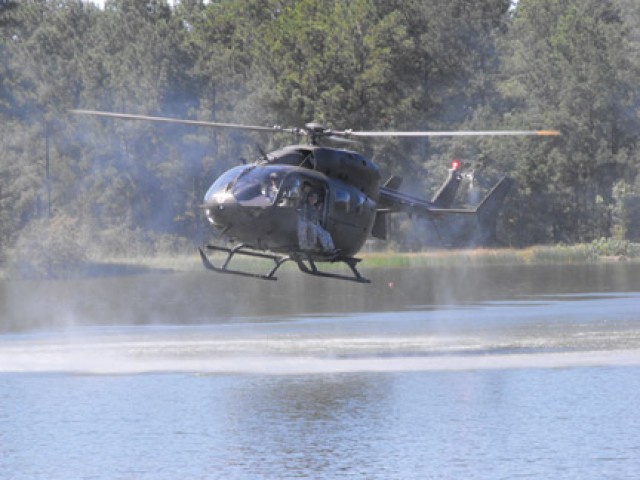
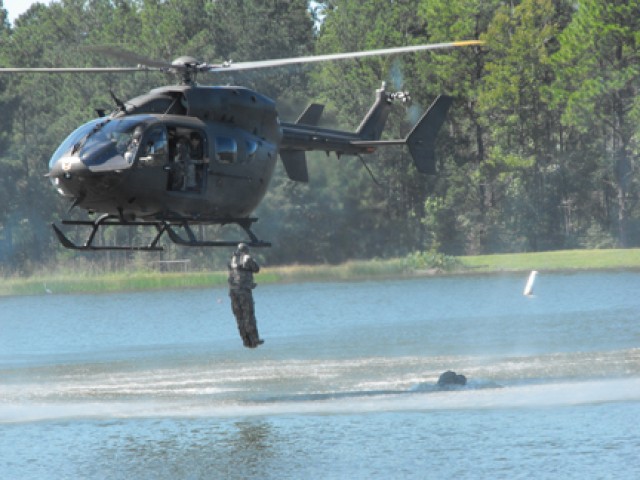
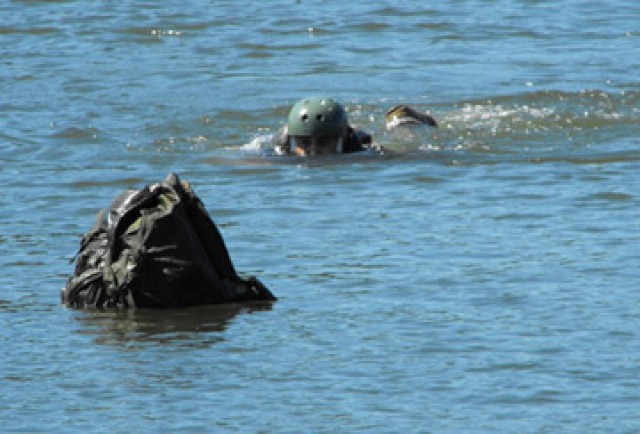
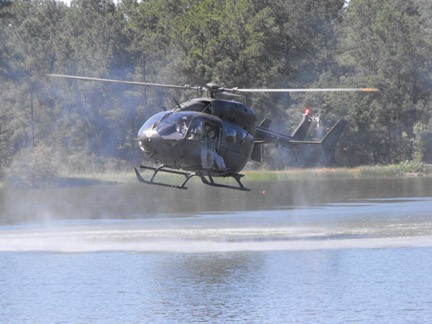
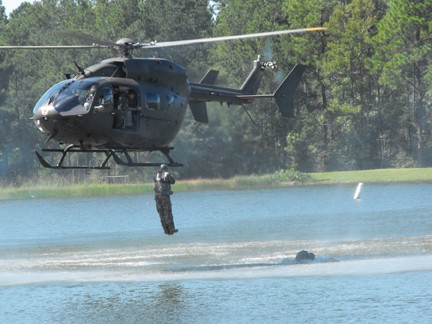
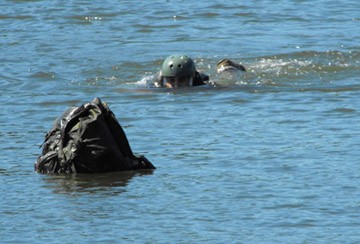
Social Sharing